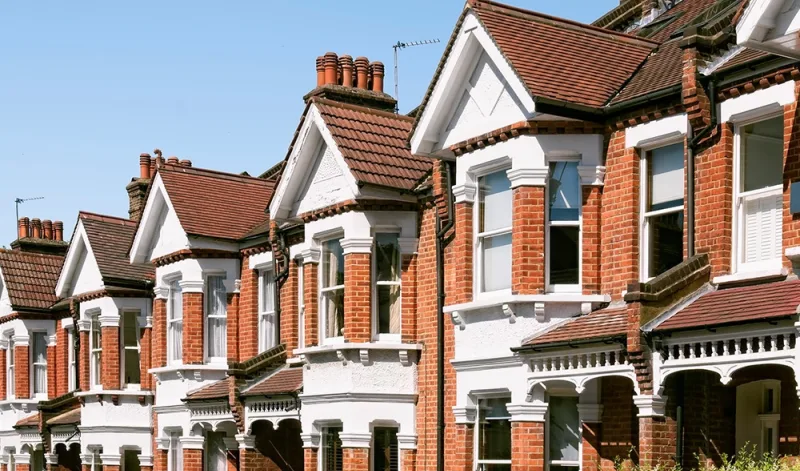The quantity of commercial property debt in default in the UK has more than doubled in the first half of 2009 to £30 billion according to a study by De Montfort University, highlighting the impact of the global financial crisis on the UK commercial building market. A total of £18.6bn was reported in breach of banking covenants, with another £11.8bn in default based on a survey of 56 lenders. The paper said that’the prospects for a swift recovery in activity in the commercial property lending market seem unrealistic. A slow, prolonged and perhaps, painful, improvement based on the performance of the U.K. economy appears in prospect.”
The defaulting loans highlights the impact of the recession and credit crunch on the small business sector and in itself poses a growing threat to the faltering recovery in Britain’s banking sector. Approximately half the banks surveyed said they had taken action to step up the repayment of loans worth a total £11.8bn in the six months to June. Despite a five month notional increase in residential property process the commercial property sector has continued to suffer. Most notably Lloyds Banking Group for been hard hit by large losses on commercial property.
Just over half of banks surveyed said they had taken action to accelerate the repayment of defaulted loans during the first six months of 2009, but new lending remains piecemeal and costly. Indicators exist that show that retail banks are being more aggressive in chasing payment of defaulted commercial loans compared to 2008. The stringent international liquidity adverse market conditions is still restricting the amount of capital available for new lending. With a lack of cash available to repay loans among property investors, and the reluctance among banks to force loans into default owing to the impairments that they would then have to make to their own books, many institutions are ignoring breaches and simply extending the life of loans. This restructuring of maturing debt of stressed borrowers has been made worse by falling commercial property values.
Banks have avoided covenants, to avoid accepting losses by selling the property asset or the debt attached to it. The overall size of the commercial property market was at £300bn at the end of the first half of 2009, when including social housing and about £50bn of debt that has been securitised and moved off balance sheet for lenders. At Assetsure sure we have noticed a large increase in the number of commercial property owners requesting insurance quotes for commercial buildings insurance where the premises is unoccupied or empty.




























